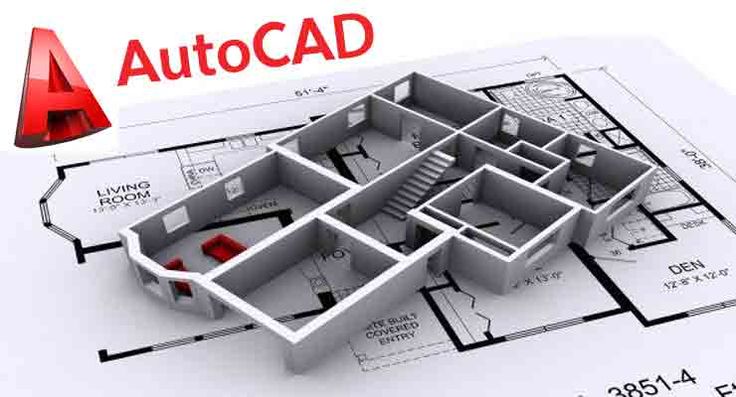AutoCAD has long been a leading tool in the field of computer-aided design (CAD), widely used by architects, engineers, and designers. While it’s known for its robust 2D and 3D design capabilities, many professionals and students often look for alternatives — either due to cost, specific features, or compatibility preferences. So, which other software tools are like AutoCAD?
This blog explores the top alternatives to AutoCAD and how they compare based on features, usability, and application.
1. SolidWorks
Best for: Mechanical design, 3D modeling
SolidWorks is a powerful CAD and CAE tool commonly used in mechanical and product design. Unlike AutoCAD, which is more versatile across industries, SolidWorks focuses heavily on parametric 3D modeling and simulation.
Key Features:
-
3D part and assembly modeling
-
Simulation and stress testing
-
Sheet metal and weldment tools
-
High-quality rendering
2. SketchUp
Best for: Architecture, interior design
SketchUp is known for its intuitive interface and ease of use, making it a favorite among architects and designers. While not as detailed in precision as AutoCAD, it excels in quick conceptual design and visualization.
Key Features:
-
Push/pull 3D modeling
-
Vast 3D warehouse for models
-
Plugins and rendering extensions
-
Free version available
3. Fusion 360
Best for: Product design, engineering, and manufacturing
Developed by Autodesk (the creators of AutoCAD), Fusion 360 is a cloud-based 3D CAD, CAM, and CAE tool. It’s popular for collaboration and modern product development workflows.
Key Features:
-
3D modeling with simulation
-
Electronics and PCB design
-
Integrated CAM for CNC machining
-
Cloud storage and team collaboration
4. LibreCAD
Best for: 2D CAD drafting
LibreCAD is a free and open-source alternative to AutoCAD focused on 2D designs. It’s ideal for beginners, students, or those needing simple drafting tools without the complexity of 3D.
Key Features:
-
2D drafting similar to AutoCAD
-
Lightweight and fast
-
Supports DXF file format
-
Available on Windows, macOS, and Linux
5. BricsCAD
Best for: Professional drafting and modeling
BricsCAD is a versatile CAD tool that supports both 2D drafting and 3D modeling, and it’s known for high compatibility with AutoCAD file formats (DWG/DXF).
Key Features:
-
Parametric modeling
-
Sheet metal design
-
AI-powered drafting tools
-
Cost-effective compared to AutoCAD
6. DraftSight
Best for: 2D drafting for professionals and enterprises
DraftSight is a professional-grade 2D CAD software developed by Dassault Systèmes. It’s widely used in architecture and engineering and offers an interface very similar to AutoCAD.
Key Features:
-
Familiar AutoCAD-style interface
-
DWG file support
-
3D modeling in premium versions
-
Network licensing for enterprises
7. TinkerCAD
Best for: Beginners, education, and 3D printing
TinkerCAD is a web-based, beginner-friendly 3D modeling tool designed for those new to CAD. While not a replacement for professional tools like AutoCAD, it’s excellent for learning and simple projects.
Key Features:
-
Browser-based interface
-
Block-style modeling
-
Built-in export for 3D printing
-
Free to use
Choosing the Right AutoCAD Alternative
When selecting an AutoCAD alternative, consider the following:
-
Purpose: Are you working on architectural drafts, mechanical parts, or 3D models?
-
Budget: Do you prefer free/open-source options or enterprise-grade tools?
-
Learning Curve: Some software has a steeper learning curve, while others are beginner-friendly.
-
Collaboration & Integration: Do you need team access or cloud integration?
Conclusion
While AutoCAD remains a dominant CAD software, there are plenty of alternatives tailored for different needs and budgets. Whether you’re a student looking for a free tool like LibreCAD, a mechanical engineer using SolidWorks, or an architect exploring SketchUp, the right software can significantly enhance your productivity and creativity.

